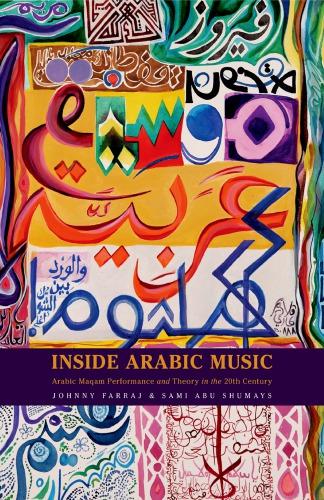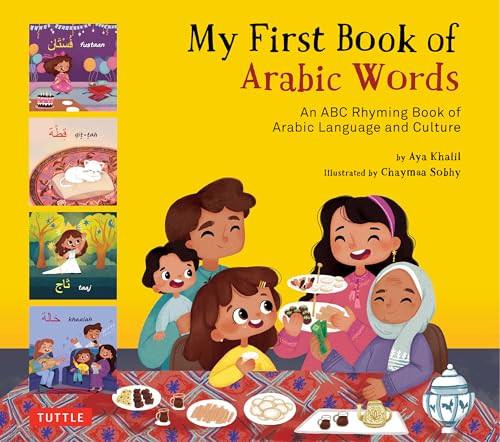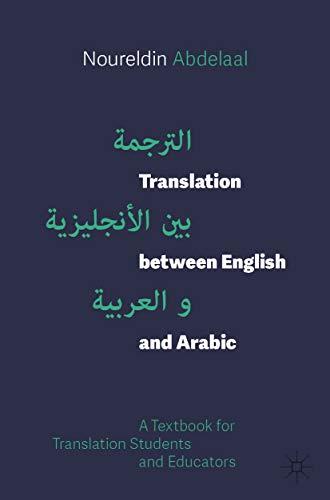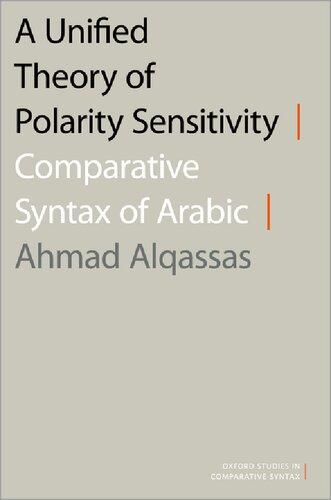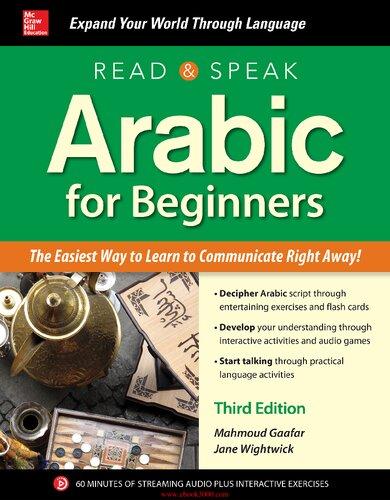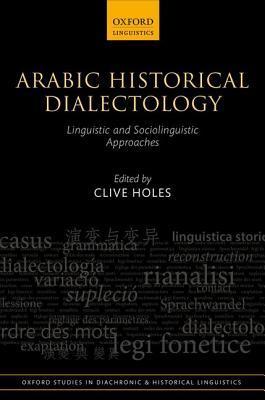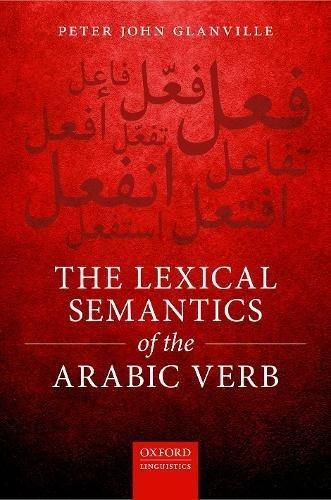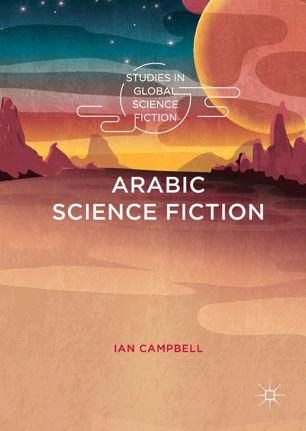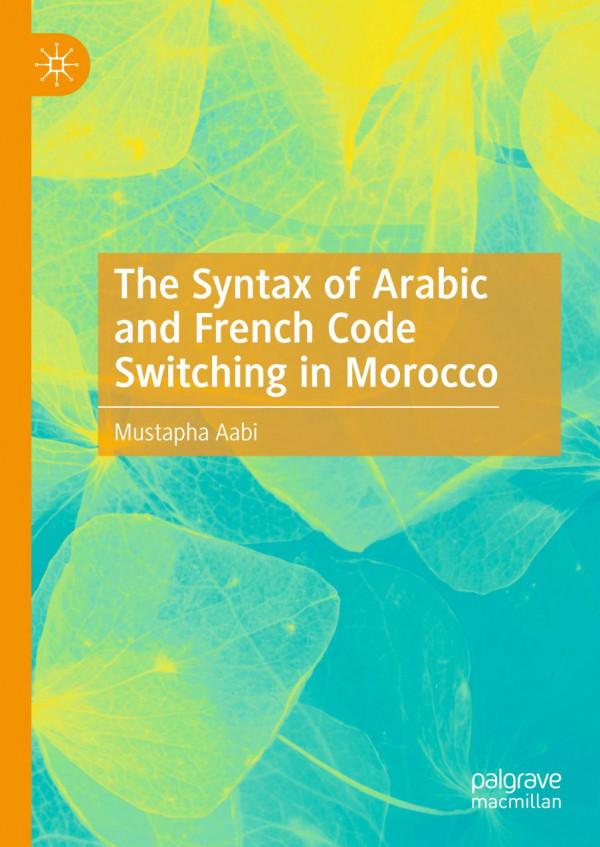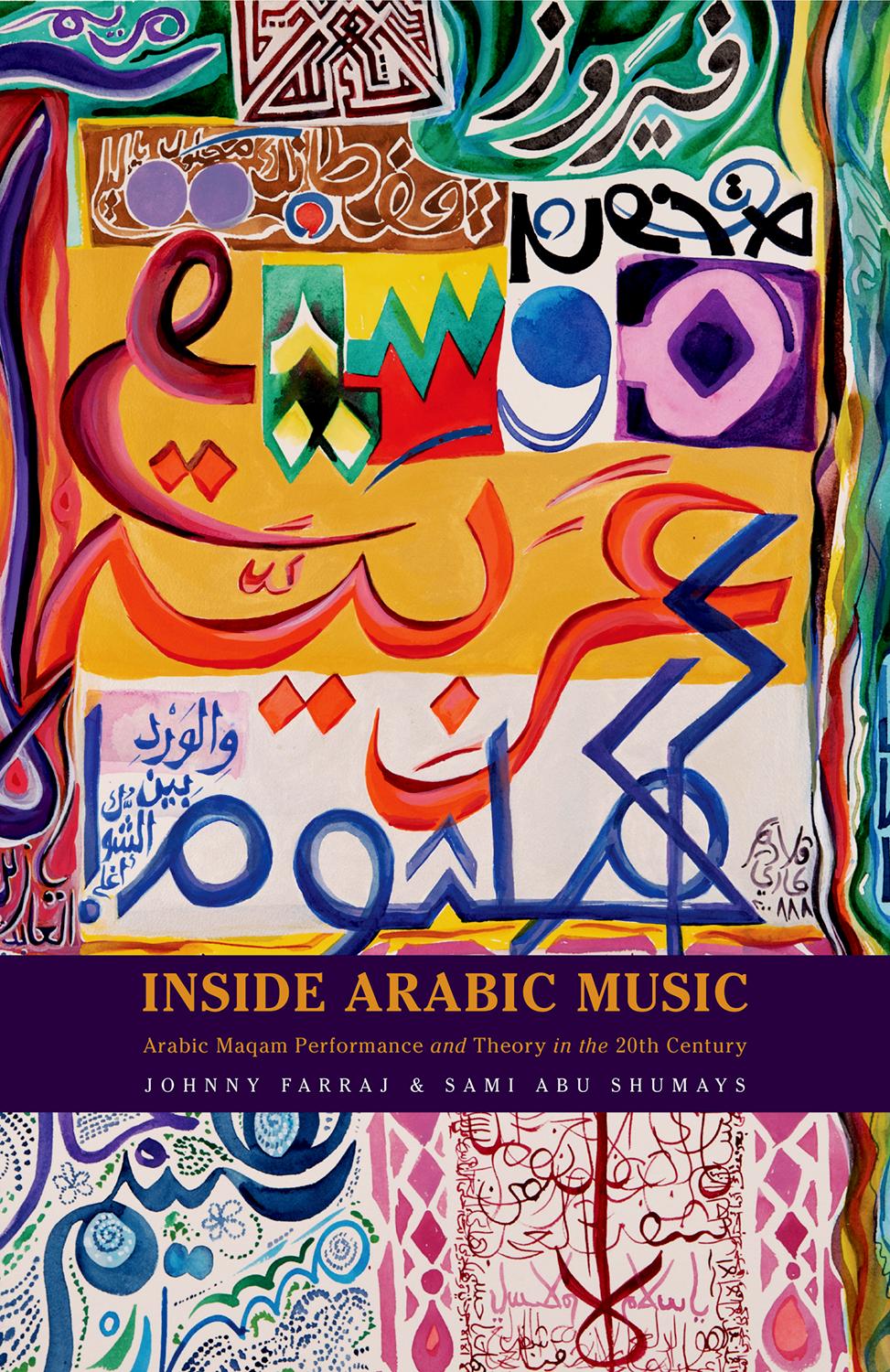1
Oxford University Press is a department of the University of Oxford. It furthers the University’s objective of excellence in research, scholarship, and education by publishing worldwide. Oxford is a registered trade mark of Oxford University Press in the UK and certain other countries.
Published in the United States of America by Oxford University Press 198 Madison Avenue, New York, NY 10016, United States of America.
© Oxford University Press 2019
All rights reserved. No part of this publication may be reproduced, stored in a retrieval system, or transmitted, in any form or by any means, without the prior permission in writing of Oxford University Press, or as expressly permitted by law, by license, or under terms agreed with the appropriate reproduction rights organization. Inquiries concerning reproduction outside the scope of the above should be sent to the Rights Department, Oxford University Press, at the address above.
You must not circulate this work in any other form and you must impose this same condition on any acquirer.
CIP data is on file at the Library of Congress
ISBN 978–0–19–065836–6 (pbk.)
ISBN 978–0–19–065835–9 (hbk.)
9 8 7 6 5 4 3 2 1
Paperback printed by WebCom, Inc., Canada Hardback printed by Bridgeport National Bindery, Inc., United States of America
This book is dedicated to our wives, Maria Hantzopoulos and Robin Shumays.
Contents
Preface xix
Acknowledgments xxv
Approach to Music Theory xxix
A Note on Transliteration and Spelling xxxi
Introduction 1
The Golden Age of Arabic Music 2
The Arabic Maqam 4
The Wider Maqam Phenomenon 5
Oral Transmission 6
A Vocal Tradition 6
A Communal Character 7
Listening and Readiness 8
Standards of Formality 9
1. Melodic Instruments 12
The Two Clans: Melodic and Percussion 12
The Melodic Families: Sahb and Naqr 14
Intonation Precision 15
Traditional Arabic Instruments 16
The ʻUd 16
The Qanun 19
The Nay 22
The Arabic Violin 25
The Buzuq 27
Folk Melodic Instruments 29
2. Arabized Instruments 32
The Selective 24-Tone ET Scale 33
The Arabic Accordion 34
The Arabic Org 36
The Arabic Keyboard 38
The Arabic Piano 40
The Arabic Electric Guitar 41
The Arabic Trumpet 43
The Arabic Saxophone 45
3. Percussion Instruments 47
Skin Tuning 47
The Daff 49
The Egyptian Mazhar 51
The Riqq 51
The Tabla 54
The Tabl Baladi 56
The Katim 57
The Sajat 58
The Drum Set 59
Electronic Percussion 60
Combining Percussion Instruments 61
4. Ensembles 63
The Takht 63
The Midsize Ensemble 64
The Arabic Orchestra 66
The Raqs Sharqi Orchestra 67
The Arabic Pop Ensemble 67
Hybrid Songs and Ensembles 68
Backing Vocalists 69
Arabic Choirs 70
Signaling 70
The Conductor 72
Tuning an Ensemble 74
5. Ornamentation 76
Ornamentation Techniques 77
Variation Among Regions and Time Periods 79
Learning Ornamentation 79
Establishing New Ornamentation Traditions 80
Vocal Ornamentation 81
Repetition 82
Heterophony 84
Notating Ornamentation 85
6. Rhythm 87
Building Blocks 88
Clapping and Vocalizing 89
Vocalizing Rests 90
Shorthand Notation 90
Notating Iqa‘at 91
Interpreting Iqa‘at 93
Ornamenting Iqa‘at 95
Timing Subtleties 96
Managing Tempo 97
Rhythmic Modulation 98
Rhythmic Heterophony 99
Melody and Iqa‘ 100
Percussion Solos 101
Contemporary Issues 102
7. A Sampling of Arabic Iqa‘at 104
Cataloging Iqa‘at 104
Iqa‘ Ayyub () 105
Iqa‘ Malfuf () 106
Iqa‘ Karachi () 106
Iqa‘ Fox () 106
Iqa‘ Wahda Saghira () 107
Iqa‘ Fallahi () 107
Iqa‘ Maqsum () 107
Iqa‘ Baladi (Masmudi Saghir) () 108
Iqa‘ Sa‘idi () 108
Iqa‘ Katakufti (Nawari) () 109
Iqa‘ Zaffa () 109
Iqa‘ Hacha‘ (, , , or ) 109
Iqa‘ Wahda () 111
Iqa‘ Wahda wi Nuss () 111
Iqa‘ Rumba () 112
Iqa‘ Ciftetelli ( or ) 112
Iqa‘ Wahda Sunbati (Wahda Tawila) ( ) 113
Iqa‘ Masmudi Kabir ( ) 113
Iqa‘ Bambi ( ) 114
Iqa‘ Sama‘i Darij () 114
Iqa‘ Sama‘i Saraband (Sama‘i Ta’ir) ( ) 115
Iqa‘ Aqsaq Turki (Thurayya) () 115
Iqa‘ Yuruk Semai () 115
Iqa‘ Sudasi () 116
Iqa‘ Dawr Hindi () 116
Iqa‘ Nawakht ( ) 117
Iqa‘ Aqsaq ( ) 117
Iqa‘ Sama‘i Thaqil ( ) 118
Iqa‘ Jurjina ( ) 118
Iqa‘ ‘Awis ( ) 119
Iqa‘ Mudawwar ( ) 119
Iqa‘ Dharafat ( ) 119
Iqa‘ Murabba‘ ( ) 120
Iqa‘ Muhajjar () 120
Iqa‘ Mukhammas ( ) 121
Iqa‘ Khosh Rang ( ) 121
Iqa‘ Fakhit ( ) 121
Iqa‘ Sittatu ‘Ashar Masri ( ) 122
8. Song Forms 123
The Composed Qasida 123
The Muwashshah 125
The Qadd 129
The Dawr 130
The Taqtuqa 133
The Ughniya (Long-Song) 134
The Monologue 136
The Duet 136
The Wasla 137
The Maqam in Composed Forms 139
9. Instrumental Forms 141
Ottoman Instrumental Composed Forms 141
The Sama‘i 142
The Bashraf 143
The Longa 144
Arabic Instrumental Composed Forms 145
The Sama‘i Darij 145
The Dulab 146
The Tahmila 147
The Maqtu‘a 148
The Muqaddima 149
10. Arrangement 150
Arrangers 150
Arrangement Approaches 151
Instrumentation 152
Droning 153
Melodic Iqa‘at 154
Harmony 156
Ornamenting Using Harmony 156
Harmony on Traditional Instruments 157
Counterpoint in the Dawr 158
Harmonic Arabic Music 159
Polyphony with Maqam-Based Music 160
11. Tuning System 161
The Arbitrariness of the Scale 161
Arabic Scales 165
The Prototypal Maqam Rast Scale 166
Level of Detail 166
The Historic 24-Tone Arabic Scale 168
Documenting the 24-Tone Arabic Scale 169
The Gap Between Theory and Practice 170
Regional Variations 172
Period Variations 173
Variations Among Maqamat 173
Phrasing Variations 174
Defining Correct Intonation 174
Microtonality 176
Modern Arabic Tuning 176
12. Notation 179
Adopting Western Notation 180
Extending Western Notation 181
Obsolete Symbols 182
The Quartertone 182
Fine-Tuning Symbols 183
Tonal Interval Symbols 183
Key Signatures 184
Reading Arabic Notation 185
Notating for Multiple Instruments 186
Notating Arabic Lyrics 186
Sheet Music 187
Transcribing Arabic Music 188
Notation Versus Memorization 189
The Impact of Adopting Western Notation 190
13. The Jins 192
The Basic Melodic Unit 192
Interval Structure 194
The Tonic 195
The Leading Tone 195
The Ghammaz 196
Size of a Jins 197
Extended Jins Scale 198
Ajnas and Tetrachords 199
The Standard Tonic 201
Transposition 201
Identity of a Jins 202
14. The Most Common Ajnas 204
The Nine Most Common Ajnas 205
Characteristics of a Jins 206
Jins Rast 207
Jins Nahawand 209
Jins Nikriz 211
Jins ‘Ajam 213
Jins Bayati 215
Jins Hijaz 217
Jins Kurd 219
Jins Saba 221
Jins Sikah 223
15. Less Common Ajnas 226
Jins Jiharkah 227
Jins Sazkar 230
Jins Musta‘ar 232
Jins Nahawand Murassa‘ 234
Jins Athar Kurd 236
Jins Saba Zamzam 238
Jins Lami 239
16. Newly Classified Ajnas 241
Tonicization 241
Jins Versus Accidental Modification 242
Jins Upper Rast 243
Jins Upper ‘Ajam 245
Jins Saba Dalanshin 248
Jins Hijazkar 250
Jins Sikah Baladi 252
Jins Mukhalif Sharqi 255
Jins Hijaz Murassa‘ 257
Jins ‘Ajam Murassa‘ 258
Jins Semitonal Sikah 260
Other Melodic Entities 263
Saba Buselik 263
Husayni 263
The 5th Scale Degree of Sikah 263
Hijaz Gharib 264
Athar Bayati 264
Nahawand on the 5th Degree of Rast 264
Raised 3rd Degree in Nahawand 265
17. The Maqam 266
What Is a Maqam? 267
Jins-to-Jins Motions 269
Finding the Right Metaphor 276
The Staircase 277
The Chain 277
The Tree with Branches 277
The Subway Map 278
The House with Rooms 278
The Network 279
Modulation 282
Sayr 283
18. The Maqam Scale 286
The Maqam Scale 286
The Standard Tonic 287
Transposition 287
Chaining Ajnas 288
Octave Equivalence 291
Maqam Families 293
19. Modulation 297
A Modulation Analogy 298
Jins Modulation Techniques 300
First Technique: Altering Intervals 300
Second Technique: Changing the Tonic 301
Combining Jins Modulation Techniques 303
The Mid-Jins Switch 303
Exploiting Overlapping Ajnas 304
Accidentals and Modulation Hints 305
Jins Pairs 305
Transitional Melodies 306
Jins Versus Maqam Modulation 307
Modulating to a New Maqam 309
Maqam Modulations in the Long-Song Genre 310
Tradition Versus Innovation 312
20. Sayr 314
Documented Sayr 316
Problems in Documenting Sayr 317
Sayr in the Oral Tradition 319
Notes of Melodic Emphasis 320
The Tonic 320
The Octave 320
The Leading Tone 320
The Ghammaz 321
Other Notes 321
Intonation and Jins Alterations 322
Melodic Phrasing 323
A New Understanding of Sayr 324
Sayr as a Subnetwork 326
Interpolation 328
Sayr of a Jins 328
Sayr and Maqam Family 330
21. The Taqsim 334
A Modal Improvisation 335
The Fashion of a Time and Place 335
Virtuosity 336
Finding One’s Voice 337
Uses of a Taqsim 338
The Solo Instrumental Taqsim 338
As an Introduction to a Piece 339
In the Middle of a Piece 339
As a Transition Between Pieces 340
Anatomy of a Taqsim 341
Tashwiq 343
The Qafla 344
Taqasim on the Beat 345
22. Vocal Improvisation 348
The Layali 349
The Mawwal 350
Mawwal Recordings 351
The Improvised Qasida 353
Getting in the Mood 354
Improvising a Cappella 354
The Short Mawwal During a Song 356
Iqa‘at Used in the Mawwal and Qasida 357
Tarjama: The Art of Translation 357
Tarjama Instrumentation 359
Tarjama, Sayr, and Saltana 360
Translation as a Metaphor 361
23. Tarab 362
The Tarab Genre of Music 363
Tarab and the Maqam 364
The Tarab Arc 365
Tarab in the Maqam Structure 366
Performers and Listeners 367
Expressing Tarab 368
Saltana 368
24. Maqam Index 371
Classification 371
Maqamat in Use 373
Maqam Rast Family 377
Maqam Rast 377
Maqam Kirdan/Maqam Sazkar 380
Maqam Suznak 381
Maqam Nairuz (Yakah) 381
Maqam Dalanshin 382
Maqam Suzdalara 383
Maqam Mahur 384
Maqam Bayati Family 385
Maqam Bayati 385
Maqam Bayati Shuri 386
Maqam Husayni 387
Maqam Sikah Family 388
Maqam Huzam/Maqam Rahat al-Arwah 388
Maqam Sikah 389
Maqam ‘Iraq 389
Maqam Bastanikar 390
Maqam Awj ‘Iraq 391
Maqam Musta‘ar 392
Maqam Hijaz Family 393
Maqam Hijaz 393
Maqam Hijazkar (and Its Transpositions) 394
Maqam Zanjaran 395
Maqam Nahawand Family 396
Maqam Nahawand 396
Maqam Nahawand Murassa‘ 397
Maqam ‘Ushshaq Masri 398
Maqam Nikriz Family 399
Maqam Nikriz 399
Maqam Nawa Athar 400
Maqam Athar Kurd 401
Maqam Kurd Family 401
Maqam Kurd 401
Maqam Hijazkar Kurd 403
Maqam Kurd (1950s Expansion) 404
Maqam ‘Ajam Family 405
Maqam ‘Ajam (Egyptian Version) 405
Maqam Shawq Afza 406
Maqam ‘Ajam ‘Ushayran 406
Maqam Saba 407
Other Maqamat 409
Maqam Saba Zamzam 409
Maqam Lami 410
Maqam Jiharkah 411
Maqam Sikah Baladi 411
Afterword: A Word of Caution 413
Glossary 419
References 427
Index 433
Preface
I have been listening to Arabic music all my life. Ironically, I only started passionately studying and performing it after I left my native Lebanon to live in the United States. When I began my journey as an Arab musician in 1998, I searched hard for a good introductory book on Arabic music theory and performance. Although I found quite a few books covering various aspects of Arabic music both in Arabic and English, none of them met my needs, for multiple reasons.
The books I found in English were by and large academic, and while they serve an important purpose in that realm, they were written in a formal style and language that made that rich and complex subject difficult for nonacademics to digest. Some academic books were thorough to a fault with their research—listing all possible (and sometimes contradictory, inconsistent, or out-of-date) narratives side by side before drawing their conclusions—and some relied more on written references and less on personal performance/learning experience. Finally, many of the English books only covered a narrow subtopic in Arabic music (e.g., singer Umm Kulthum, tarab) or one region (e.g., the music of Egypt, Syria, or Palestine), and even those with wider coverage still did not include the broad range of topics that I needed to learn as a beginner musician.
Books in Arabic had their shortcomings, too, as they were either too focused on a narrow topic (e.g., the Arabic maqam or the muwashshah genre), too theoretical, too focused on history rather than performance, or too out of date in their content. Many were out of print or were extremely hard to find in a bookstore. Another
problem with the Arabic books is that although written by Arab music practitioners and subject matter experts, they were published in different parts of the Arab world at different periods, and as a result they did not all agree when it came to theory (a state of affairs that unavoidably trickled back into the English references previously mentioned).
In order to immerse myself in Arabic music, I started studying the oud with Palestinian ‘ud virtuoso Simon Shaheen, then attended the Arabic Music Retreat’s intensive summer program for six consecutive years and studied the riqq, the ‘ud, voice, and maqam theory. At the same time, I started performing regularly with other Arab musicians in commercial venues, theaters, museums, and universities, as well as in private jam sessions. By then, most of the practical knowledge I had acquired was handed down orally from more experienced musicians, and only a small portion was acquired from written sources. In parallel, I collected a huge archive of Arabic music recordings and spent many years extensively and attentively listening to the rich repertoire of traditional Arabic music from the mid-20th century.
My first attempt to fill the gap for an introductory Arabic music reference in English was made in the early 2000s, by building MaqamWorld.com, a website that covers Arabic music theory and performance and focuses on the Arabic maqam (the system of scales that traditional/classical Arabic music is based on). While it was relatively concise, it was rich in audio samples and explained the material in English using simple language and a very down-to-earth pedagogical approach. The website proved to be hugely popular and filled an obvious gap in online Arabic music resources. MaqamWorld quickly became the de facto Internet reference for Arabic music and maqam theory. In 2016, MaqamWorld was the recipient of a grant from the Arab Fund for Arts and Culture (AFAC) in the research, training, and regional (RTR) events category.
During that period, I frequently performed with my friend, violinist Sami Abu Shumays, with whom I also engaged in many discussions on Arabic maqam theory and musical practice. Abu Shumays was also one of the contributors to MaqamWorld as a music theory consultant and the performer of the violin maqam scale audio samples.
On a parallel track, Abu Shumays started developing his MaqamLessons.com website in 2006–2007, then published two papers on Arabic music theory: “Intonation in Maqam: Using Arabic Music as a Lens for Music and Language Cognition,” presented at the 2009 Annual Conference of the Society for Ethnomusicology, and “Maqam Analysis: A Primer” (Music Theory Spectrum 35, no. 2 [Fall 2013]). At his website and in his papers, Abu Shumays introduced a new approach to describing Arabic music theory by starting from the aural repertoire and analyzing it in order
Preface xxi to arrive at the best-suited theory, rather than relying on existing theory(ies) to retroactively explain the behavior in the repertoire.
Having seen the wide appeal that MaqamWorld had among Arabic musicians, I decided to turn it into an introductory book that covers Arabic music theory and performance in much more detail. I set out to write a general readership book that could become the definitive Arabic music primer for musicians and listeners alike—in short, the book that I wish had existed when I started learning Arabic music almost twenty years ago. I started working on this book project in 2008, in my spare time. But while the performance chapters (dealing with instruments, forms, ornamentation, arrangement, improvisation, and tarab) flowed effortlessly by drawing from my own performance experience, the theory chapters (dealing with jins, maqam, intonation, modulation, and sayr) were more difficult to write because I had to reconcile a lot of existing inconsistent and archaic material, both in written references and in the oral body of knowledge.
Meanwhile, Abu Shumays’s work was gaining momentum among the music theory community as it brought a much-needed modernizing view to specific topics that have long been inconsistently defined. Among them, for example, is the size of a jins (maqam scale fragment) and its corollary issues: chaining of ajnas, octave equivalence, and the size of a maqam scale. His approach also challenged the widespread Greek tetrachord model and introduced a new view of jins and maqam that is much more consistent with the way Arabic music is performed in practice.
Abu Shumays and I had engaged in ongoing conversations about the gap between traditional Arabic music theory and musical performance practice, and he frequently introduced his new ideas to me and asked for my feedback as a practitioner and theorist. As an example of this gap, one of our pet peeves was the obsession in Arabic music theory with measuring the precise intonation of every note in every maqam scale, a feat that had been attempted at the 1932 Cairo Arabic Music Congress and had failed miserably. To highlight how misguided that idea was, Abu Shumays and I recorded a podcast in 2007 in which we demonstrated the wide range of possible intonations for some notes.
Given that background, I felt that Abu Shumays was the obvious choice for a collaborator on the book, and I invited him to work on the project, initially as a music content editor, and later as a coauthor for the theory chapters, as well as a reviewer/ content editor for the performance chapters. His role continued to expand as we worked together; he is in fact the lead author for the content in the maqam theory chapters, which by and large reflect his own innovations in understanding maqam, and he provided numerous important insights and wrote additional sections in other chapters as well. He partnered with me in figuring out the overall structure, content, and tone of the book. But more than any specific contribution, this book
reflects in many ways the nearly two-decades-long dialogue the two of us have had about Arabic music.
In order to maintain the emphasis on the oral performance tradition as a primary source for the book’s material, I invited my friend, Syrian violinist Dr. Samer Ali, to contribute with research, fact checking, and musical content editing on the performance chapters. Dr. Ali brought a vast knowledge of traditional Arabic music (especially the Aleppan tradition), poetry, and language, acquired in Syria through years of study, listening, and performance.
The result is a book that draws heavily on the body of knowledge learned and transmitted orally among musicians and relies only minimally on references. In most cases where references are cited/quoted, this is done to illustrate issues with the traditional understanding of Arabic music theory and to present an alternative view. This is consistent with the fact that most Arabic musicians acquire most of their knowledge orally, through years of communal experience, not by reading about it.
This book’s pedagogy aims to put complex and detailed subjects within reach of a general readership, and the book’s language and style are tailored accordingly. For this reason, only a handful of Arabic terms are used as is (without translation), while remaining terms and concepts are bridged to the realm of the Western reader using appropriate translations, metaphors, examples, and anecdotes.
Given how rich and diverse Arabic music is, this book is certainly not comprehensive. It does not cover every genre of Arabic music; every single instrument used; or every famous singer, composer, or instrumentalist, and it certainly doesn’t cover every maqam from the many regions of the Arab world. The primary bias of this book is maqam-based music that was practiced in the Eastern Mediterranean region (Syria though Egypt) from the 1930s to the 1960s (a period referred to as the Golden Age of Arabic Music). This is the repertoire that we the authors are experts in and have listened to and performed extensively over decades, and as such the material presented here is based on our firsthand expertise, rather than on researching material that we are less familiar with.
In recognition of the book project’s cultural dimension and potential impact, it was awarded a grant in 2012 from AFAC in the RTR category, which includes studies in cultural and artistic fields, and cultural documentation.
Among authors who have covered the subject of Arabic music in great depth, Dr. Scott L. Marcus’s scholarship deserves an extra mention here. Based on our subsequent review of his work, we find that he has documented thoroughly and clearly the whole scope of oral concepts of maqam theory, matching what we learned from our teachers over the years. As he points out repeatedly, he found an enormous gap between theory and practice, and his scholarship is predicated on filling that gap
Preface xxiii with the theoretical knowledge and concepts known to musicians, most of which have not made it into formal theory.
In that regard, we are in agreement with his conclusions, and his review of this book’s proposal and manuscript has helped us to clarify the ways our conclusions are distinct from or additional to those. Fundamentally, we find that the rich oral theory of maqam he successfully presents nevertheless contains contradictions and inconsistencies and lacks a comprehensive rationale or explanation for why the music is as it is. This is where our project has been to expand upon that knowledge, by attempting to reconcile contradictions, and to provide a comprehensive new theory accounting for the maqam system as a whole. It is not that we find the oral concepts of maqam theory to be fundamentally wrong either as learned from our teachers or as documented by Marcus since 1989—but that we find the theory incomplete. We have made an attempt to add to what we inherited in the pages that follow.
Johnny Farraj
New York, February 2018
Acknowledgments
The authors are grateful to Dr. Anne K. Rasmussen for reading the manuscript, providing feedback and encouragement, and introducing us to Oxford University Press; Dr. Samer Ali for his research, fact checking, and musical content editing; Kay Campbell, director of the Arabic Music Retreat, for reading the manuscript and providing detailed, honest feedback, support, and guidance; Dr. Taoufiq Ben Amor and Dr. Omar Dewachi for reading various parts of the manuscript and providing valuable feedback; Dr. Jonathan H. Shannon for his help with the Aleppan repertoire and for lending us a beautiful Syrian qanun; Dr. Virginia Danielson for her help with the Umm Kulthum discography; Dr. George Dimitri Sawa for helping with translation and historical questions; Dr. Sean Williams for her invaluable help with the book publishing process; Muhammad Qadri Dalal for his help with the Aleppan repertoire; Kareem Roustom for answering many questions about Arabic music theory, history, and performance, reviewing the manuscript, and lending us a rare hard copy of Mikhail Allah Wirdi’s book; Bassel Kassem for supplying the author with an extensive archive of traditional Arabic music, including rare recordings; Nicole Lecorgne for proofreading the rhythm and percussion instrument chapters and providing tremendously helpful feedback; and Dennis Demakos for being an important sounding board, over more than a decade, for the ideas on maqam presented here, and for educating us on the similarities and differences between the maqamat practiced in Greek repertoires and those in our tradition.
We wish to thank Najib Shaheen for sharing his vast knowledge of the traditional repertoire and practice; Dimitri Mikelis for contributing his wide experience in arrangement and Byzantine music; George Ziadeh for sharing his insights on Arabic
Acknowledgments
music performance and notation; Amir Elsaffar for his expertise on the Arabic trumpet; Karam Tannous for helping with Arabic terms and transliteration; Adel Shams el-Din and Faisal Zedan for their help with the definition of some Arabic rhythmic cycles; Bridget Robbins and Dr. Fadi Bardawil for answering many questions about the nay and buzuq; Dr. Gaurav Shah for his vast knowledge of Indian Ragas; Simon Moushabeck for his help with the Arabic accordion section; Zayid el-Baghdadi for his help with the nay section and the Arabized instruments chapter; Zakaria al-Khalil for providing an original copy of Salim al-Hilu’s muwashshahat book; Saed Muhssin for writing the maqam scale cheat sheet that became the nucleus for MaqamWorld.com; Brian Prunka for answering questions about ‘ud tuning; and Karim Nagi for his expert insight on the beautiful world of Arabic rhythms.
We are very grateful to Fouad Salloum for photographing his rich collection of beautiful Arabic musical instruments for this book; Hanna Madbak, Esq., and Hassan al-Bakri, Esq., for their help with various legal aspects of the book publishing contract; Josh Farrar for helping rewrite the OUP book proposal; Dr. Kamran Rastegar for offering his insight into the book publishing world and helping with translation of Persian words; Phaedon Sinis for his help with Greek music and language specifics; Dr. Leyla Amzi for her help with Turkish/Persian translations and word origins; Karin Van der Tak for her help with copy editing questions and Arabic transliteration standards; Dr. Dalia Basiouny, Ahmed Amer, and Sherif Sadek for their help with the translations from colloquial Egyptian; Hossein Sharifi for his help with translating Persian expressions; Ranya Renee Fleysher for helping with belly dance–related questions; and ‘ud maker Ibrahim Sukkar for being our gracious host and guide in Aleppo and introducing us to musicians, teachers, and traditional instrument craftsmen.
We wish to thank Simon Shaheen, along with his collaborators Dr. Ali Jihad Racy and Kay Campbell, for creating the Arabic Music Retreat, which has sparked a resurgence of interest in Arabic music over the last two decades in the United States. Simon was the first to expose both of us to the wonders of maqam, through the retreat and private lessons. We would also like to thank Dr. Alfred Gamil, Dr. Ali Jihad Racy, Dr. George Dimitri Sawa, Youssef Kassab, Bassam Saba, Rima Khcheich, Michel Merhej Baklouk, Muhammad Qassas, Abd al-Basit Bakkar, and Abd alMin‘im Sinkary for all the lessons and instruction they gave us in this beautiful art form.
We are grateful to have had the opportunity to perform this music with Zafer Tawil, George Ziadeh, Amir ElSaffar, Tareq Abboushi, Rami El-Aasser, Faisal Zedan, Nezih Antakli, Ramzi El-Edliby, Karim Nagi, Dr. Taoufiq Ben Amor, Dr. Marina Rustow, Butrus Bishara, Brian Prunka, Bridget Robbins, Ghaida Hinnawi, Eden Zane, Salma Habib, Ahmad Gamal, Lubana Al- Quntar, Umut Yasmut, Dimitri
Acknowledgments xxvii
Mikelis, Apostolos Sideris, John Murchison, Michael Ibrahim, Dena ElSaffar, Anne Elise Thomas, Laura Harada, Beth Cohen, Nicole Lecorgne, Souren Baronian, Haig Manoukian, Sinan Erdemsel, Wael Kakish, and many others. We are grateful to Alwan For the Arts for having provided a space, an audience, and a community in New York City for the appreciation of live Arabic music.
We are especially grateful to Rasha Salah, Cathy Khattar, and the 2012 grants committee at AFAC, who believed in this project and decided to fund it. The AFAC grant paid for essential editorial tasks like research, fact checking, indexing, jacket design, and instrument photography.
We are also especially grateful to Dr. Scott Marcus for his thorough review of the book proposal and manuscript and the dialogue he engaged in with us. Dr. Marcus has done the most of any English-language scholar to document the musical concepts of practitioners of Arabic music, and as such was able to provide an incisive and detailed critique of numerous points throughout the book. Most important, he helped us to fill in many of the gaps in our review of the scholarly literature, pointing out numerous instances where others had previously arrived at some of our conclusions.
In this regard, we must all acknowledge Dr. Ali Jihad Racy, who laid the fundamental groundwork for modern scholarship on Arabic music in the United States. We also wish to recognize the lifelong work and scholarship of Dr. George Dimitri Sawa, Dr. Virginia Danielson, and Dr. Anne Rasmussen. Even though their direct involvement in this book was limited in scope, their presence is felt throughout, both through the defining contributions they have made to the field and through their personal mentorship of the authors, which have helped us on our journeys. Sami also wishes to acknowledge John Stewart, Ivan Tcherepnin, and Stephen Blum, who contributed the most to his musical development and understanding before he embarked on his journey with Arabic music.
We are grateful to Suzanne Ryan, our editor at Oxford University Press, as well as Victoria Kouznetsov, Jamie Kim, Eden Piacitelli, Dorian Mueller, and the rest of the OUP editorial team for believing in this book project from the start and for their expertise, help, and support to make it a reality.
And last but not least, we are grateful to our wives, Dr. Maria Hantzopoulos and Robin Shumays, for being totally patient and supportive in what ended up being an all-consuming, multi-year labor of love. They made sure we stayed friends!
